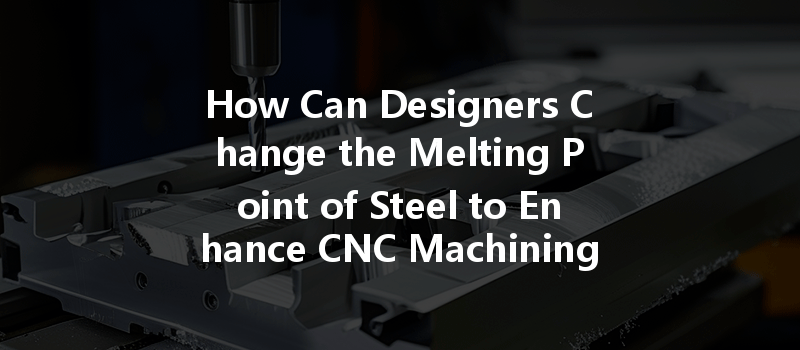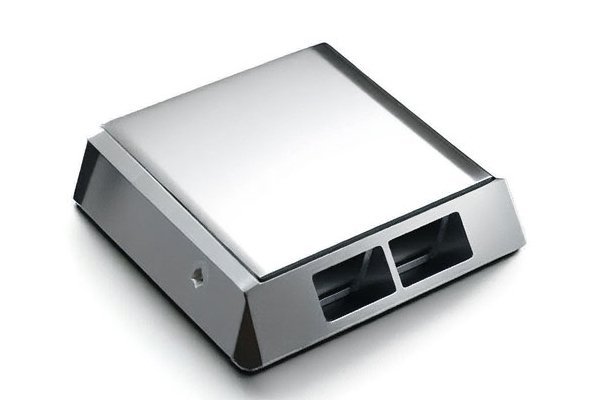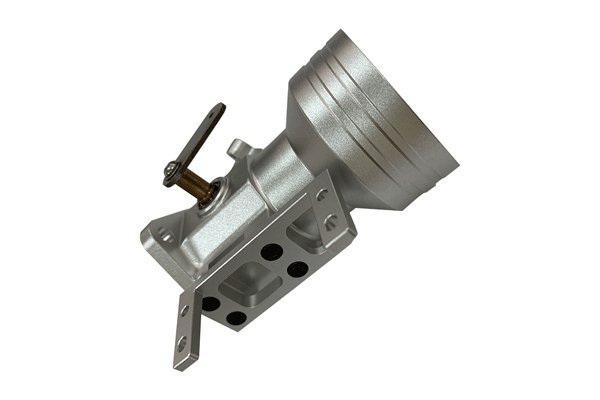Did you know that steel, one of the most widely used materials in manufacturing, has a melting point that can vary drastically based on its composition? This fact is crucial in the realm of CNC (Computer Numerical Control) machining, where precision, efficiency, and material performance are paramount. Enhancing machining efficiency through strategic manipulation of the melting point of steel not only leads to better functional components but also optimizes the overall manufacturing process.
In this blog, we will explore how designers can influence the melting point of steel and the ways this can significantly enhance CNC machining efficiency. We will delve into the materials involved, the methods of achieving this, practical applications, and an overview of each step necessary for engineers and manufacturing specialists.
Understanding Steel and its Melting Point
What is Steel Made Of?
Steel is primarily an alloy made from iron and carbon, with other elements added to enhance specific properties. The melting point of steel typically ranges between 1,370°C and 1,540°C (2,500°F to 2,800°F), but variations in its composition can result in lower or higher melting temperatures. For instance, alloying elements like chromium, nickel, and manganese can shift these temperatures and improve overall machinability.
The Importance of Melting Point
The melting point is critical in determining not just how steel behaves under heat, but also how it can be processed and machined. A lower melting point can allow for easier machining due to reduced tool wear and the potential for more aggressive machining parameters. However, it also means the material may be more susceptible to deformation during machining. Conversely, a higher melting point can enhance temperature stability and overall strength but may require more sophisticated machining techniques.
Ways to Alter Melting Point in Steel
Designers and metallurgists can change the melting point of steel by adjusting its composition. For example:
Heat treatment processes can significantly alter the mechanical properties of steel. Methods include:
The field of metallurgical engineering focuses on understanding and optimizing material properties. Techniques in this discipline include:
Practical Applications of Altering Melting Points for CNC Machining

By adjusting the melting point and other properties of steel, designers can achieve significant benefits that enhance CNC machining efficiency:
Steps to Achieve Enhanced CNC Machining Efficiency
Step 1: Material Selection
Choose the appropriate steel alloy for your specific CNC machining needs. Work closely with metallurgists to identify compositions that provide the desired melting point and machinability.
Step 2: Develop a Heat Treatment Strategy
Once the steel is chosen, design a suitable heat treatment process. This could range from normalization & annealing to quenching & tempering, based on specific manufacturing requirements.
Step 3: Analyze Machining Parameters
Optimize your CNC machining parameters—such as speed, feed rate, and depth of cut—based on the altered properties of the steel. Ensure your machining tools and setups are equipped to handle the selected steel without excessive wear.
Step 4: Regular Quality Control
Implement strict quality control measures throughout the machining process to monitor for inconsistencies in material behavior and surface finish. Make adjustments as necessary based on real-time processing data.
Step 5: Collaboration and Feedback
Lastly, maintain an open line of communication between designers, engineers, and machinists to continuously improve the processes based on collective feedback.
Changing the melting point of steel is not merely a theoretical exercise; it is a practical strategy with profound implications on CNC machining performance, leading to cost savings, enhanced precision, and improved product quality. By understanding the components of steel, adjusting compositions via alloying, optimizing heat treatments, and applying careful machining strategies, designers can significantly enhance machining efficiency.
This blog emphasizes the critical role of metallurgical insight in CNC operations. As the industry pushes towards more efficient production methods and sustainable practices, revisiting steel’s fundamental properties, including its melting point, could lead the charge. Readers should mull over these insights as they apply them to their own situations in pursuing innovation and excellence in machining processes. Whether you’re a designer, engineer, or just a manufacturing enthusiast, the ability to optimize material properties speaks volumes to the continuous evolution of CNC machining technology.
Explore the possibilities, and don’t miss the opportunity to stay ahead in a competitive industry by understanding how to leverage material characteristics to empower your machining projects—your potential for improvement in this arena starts today!






